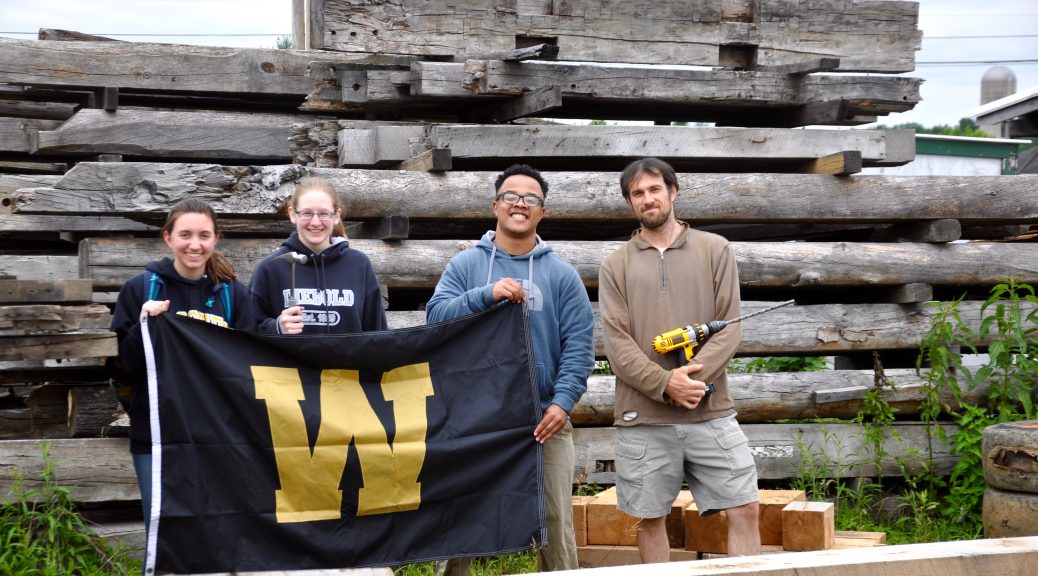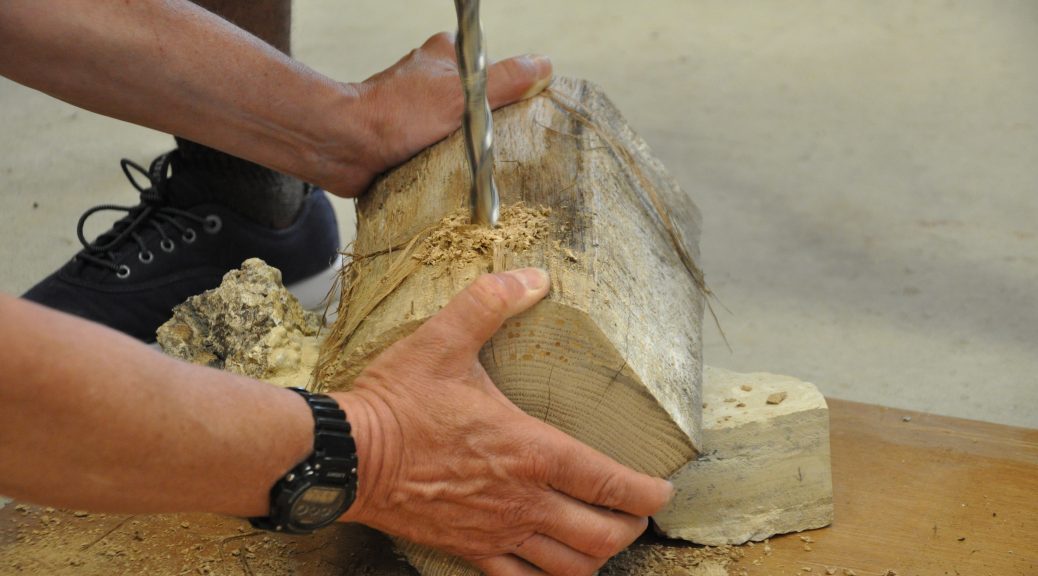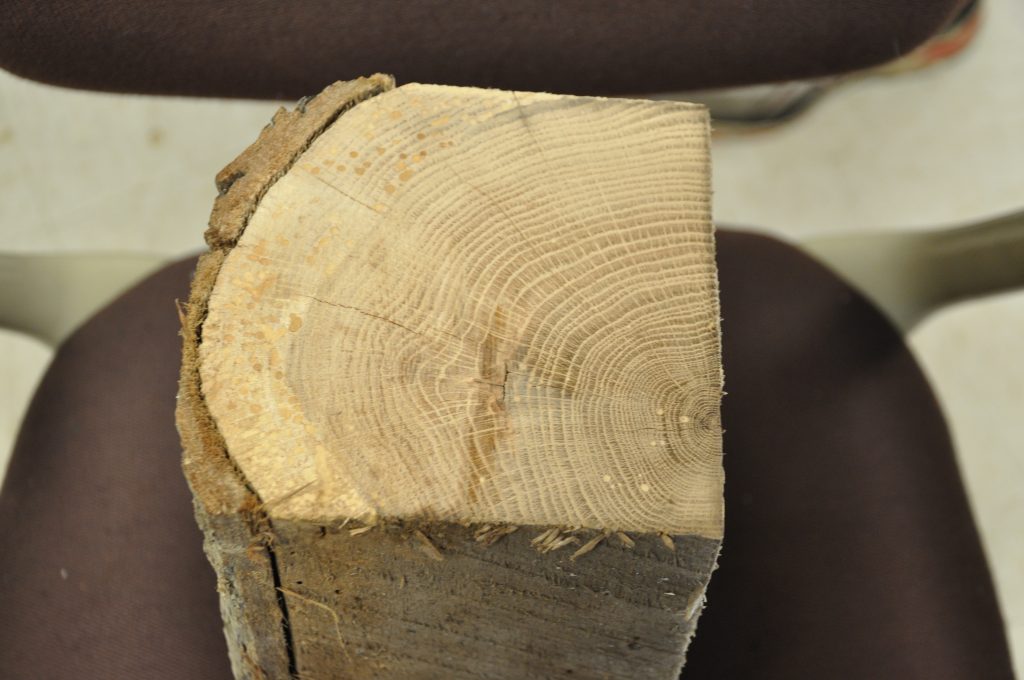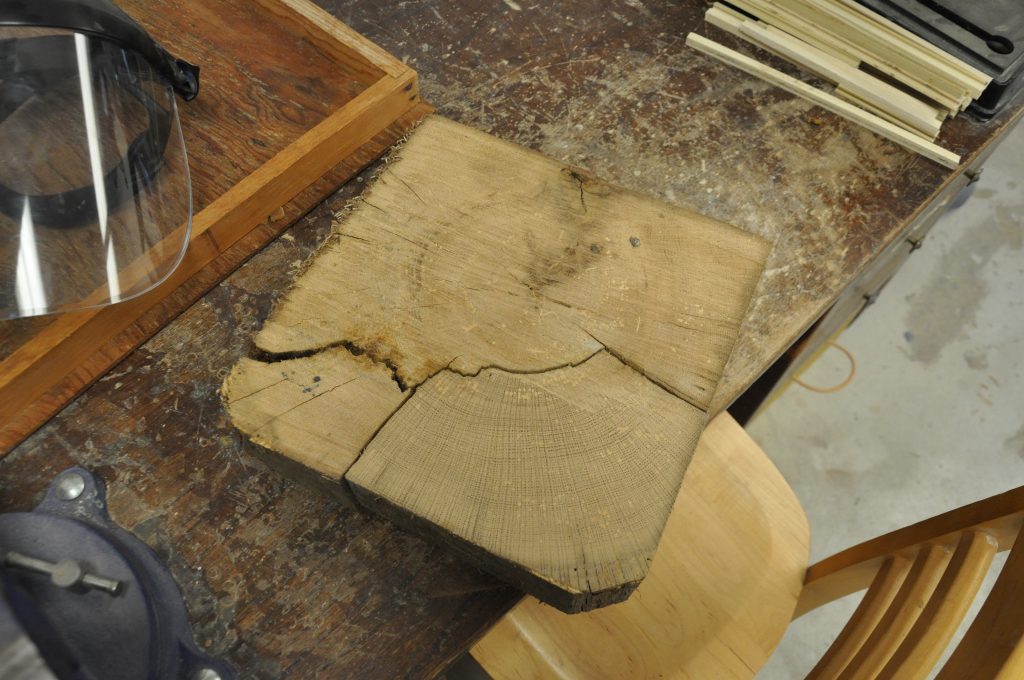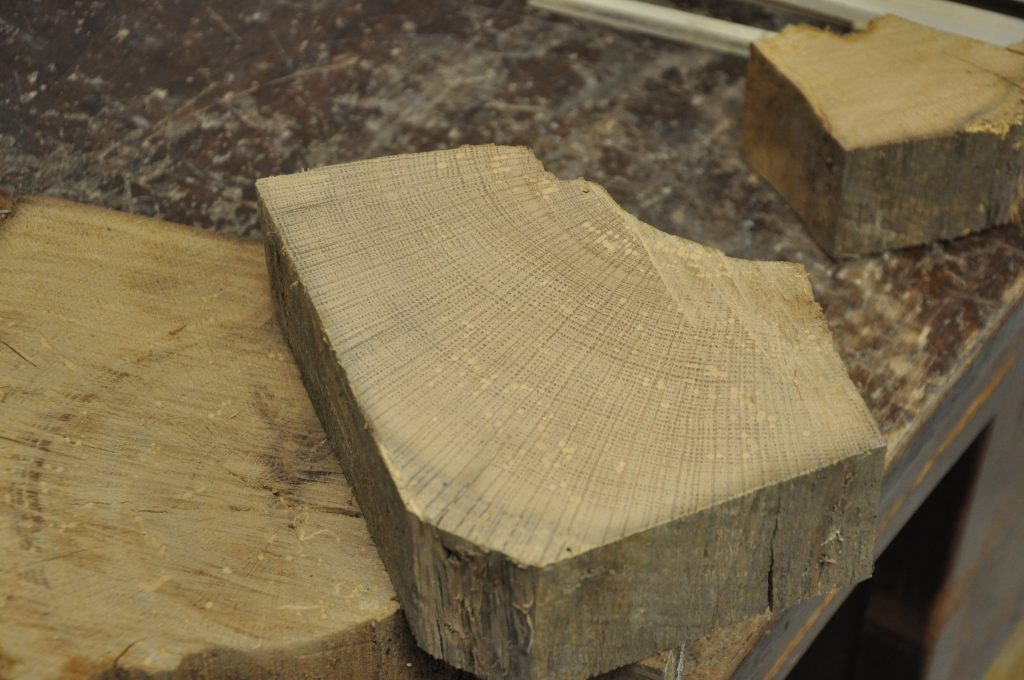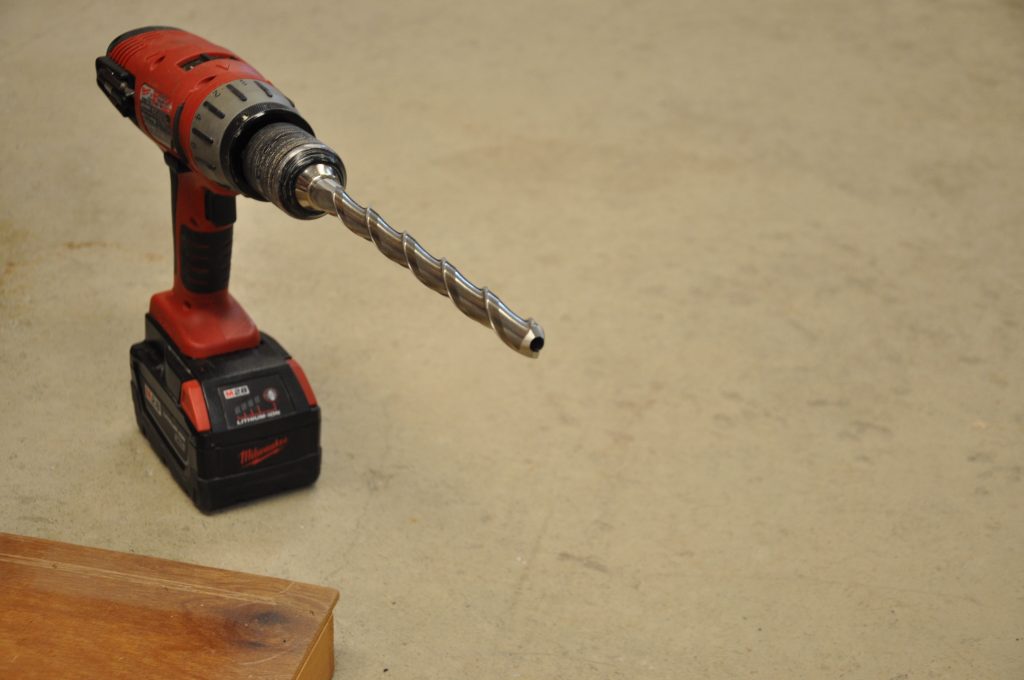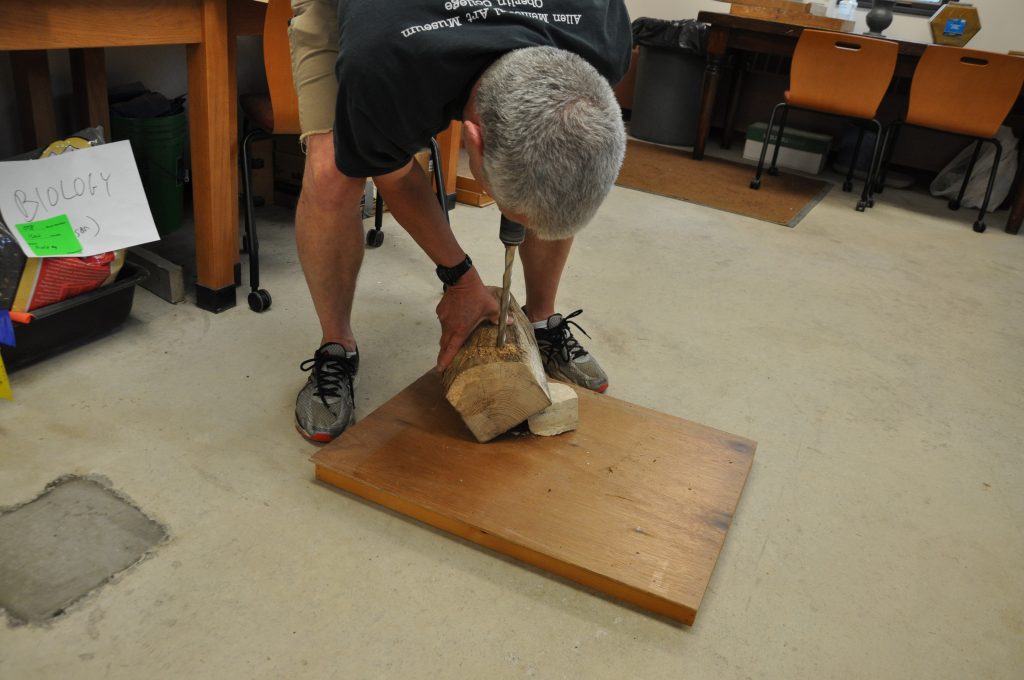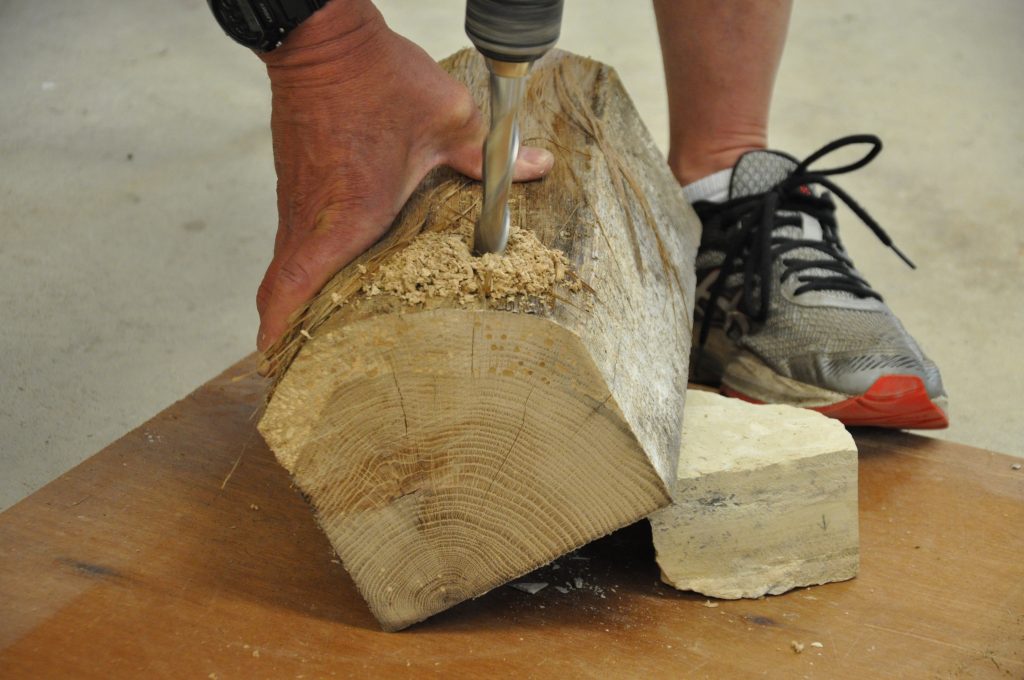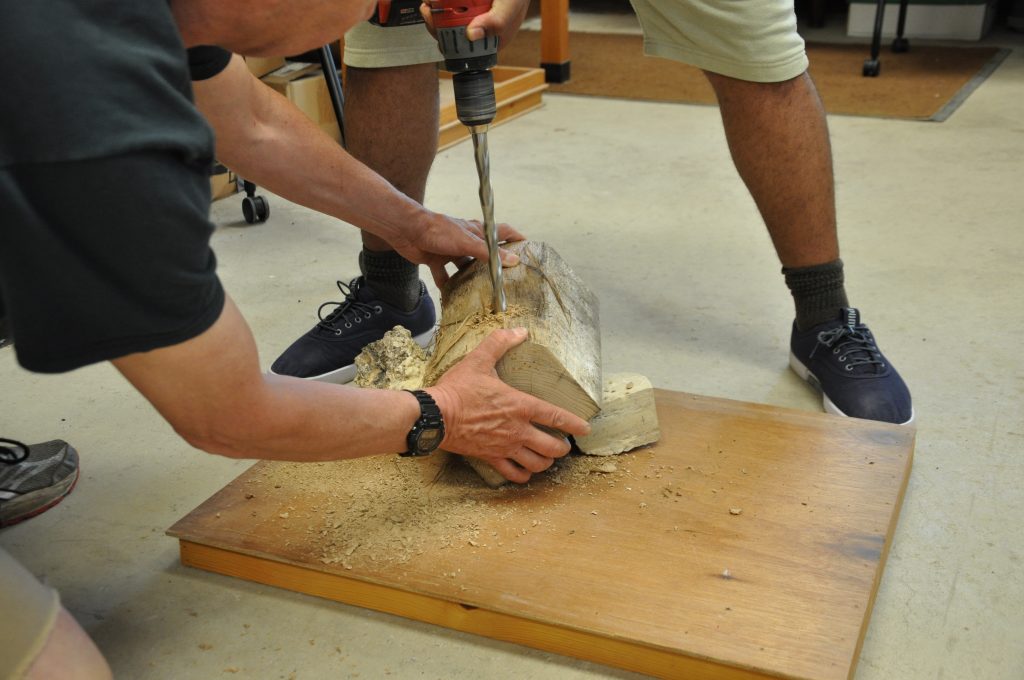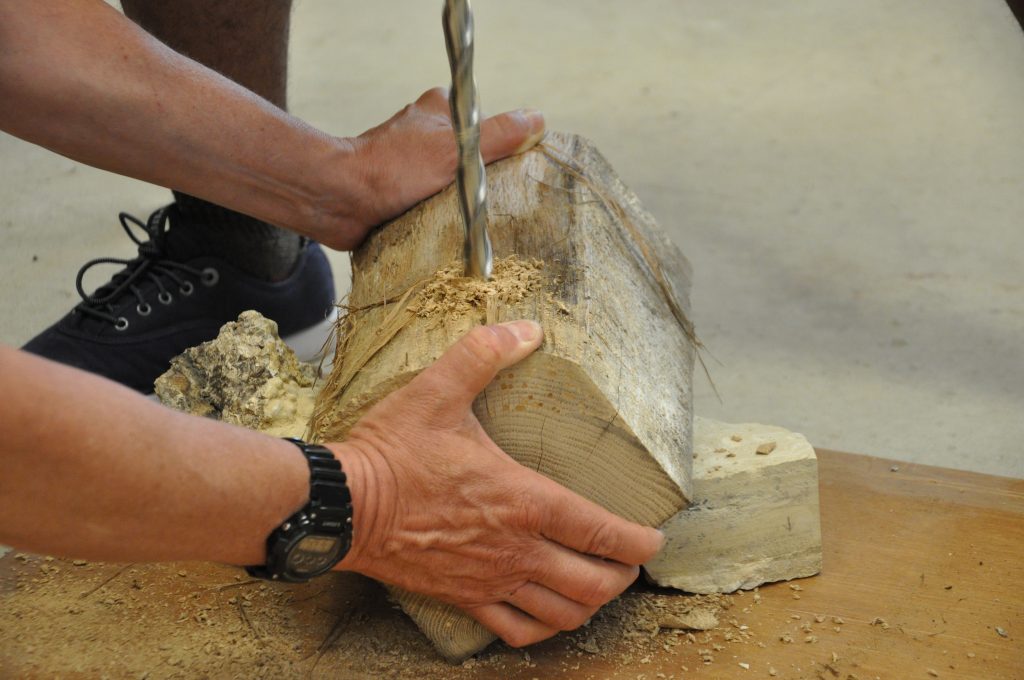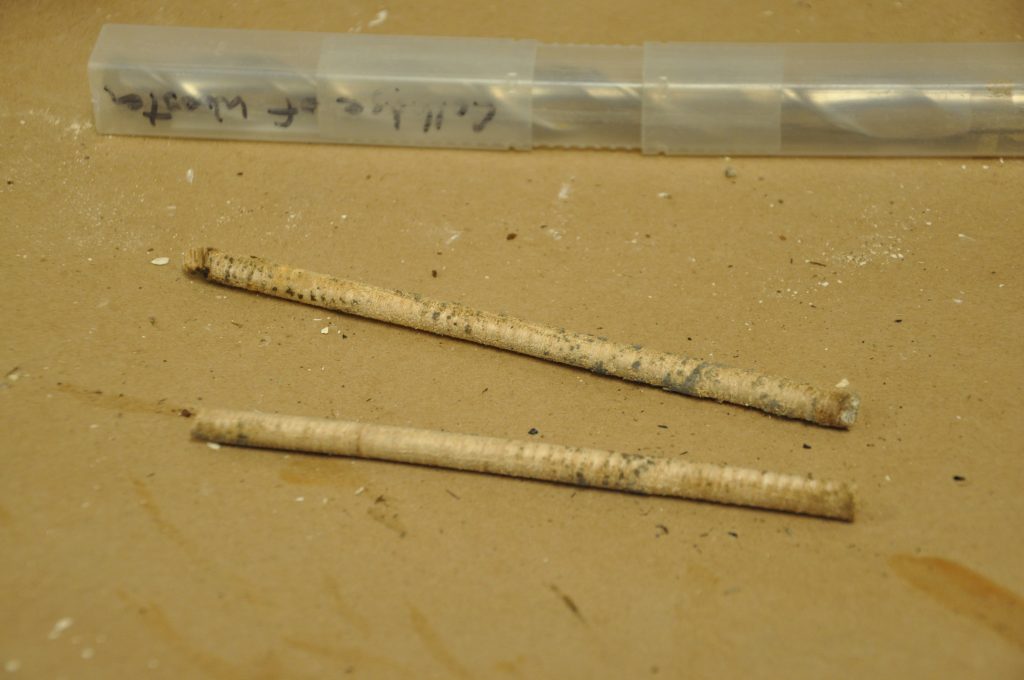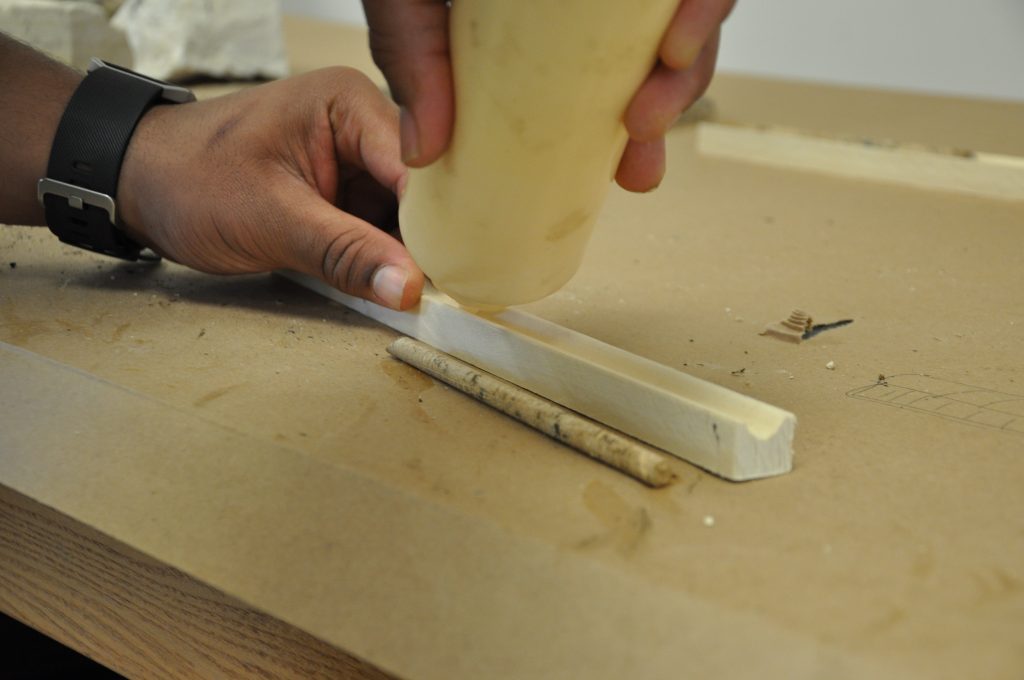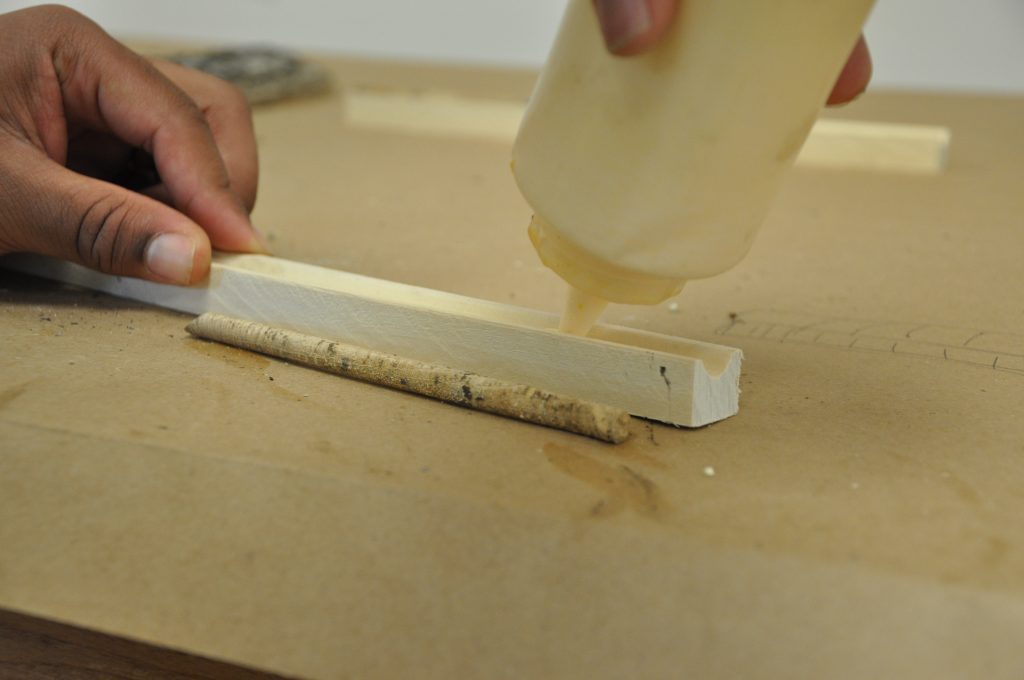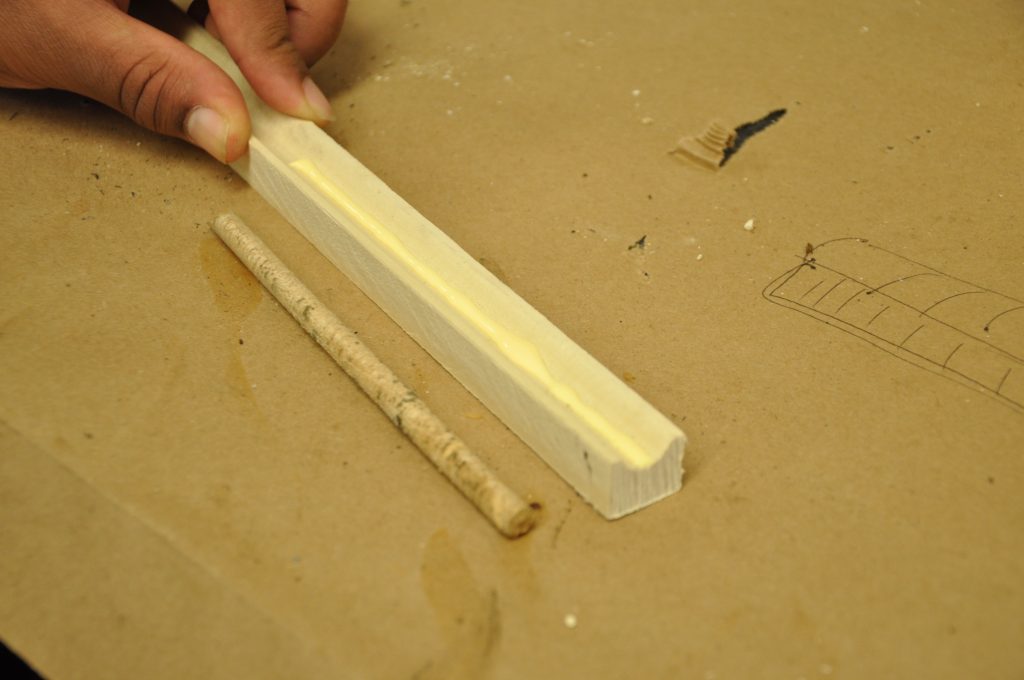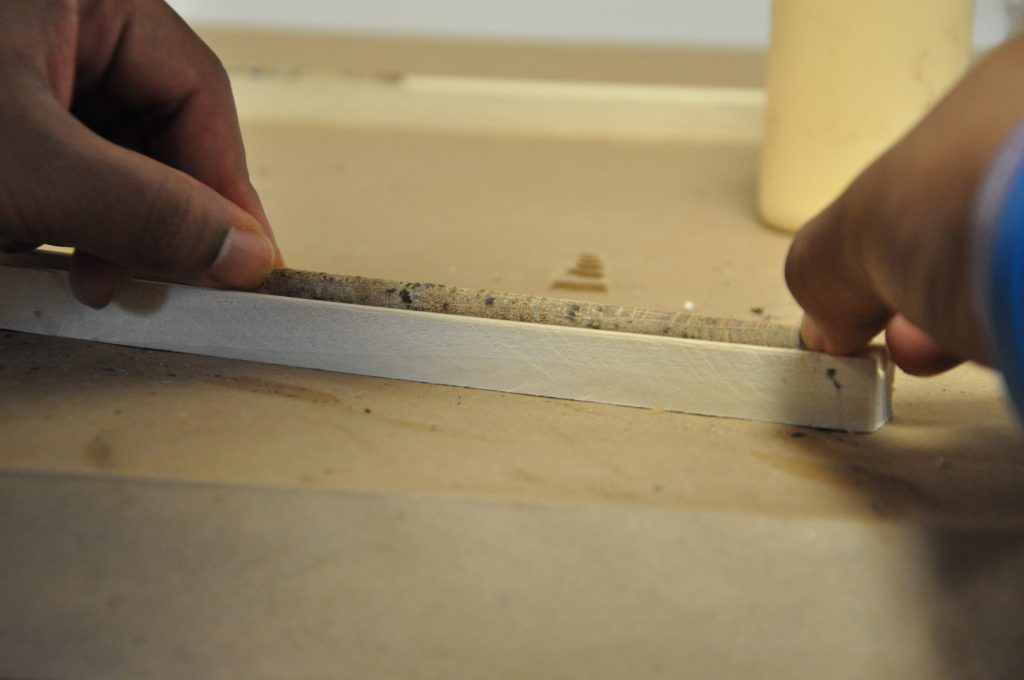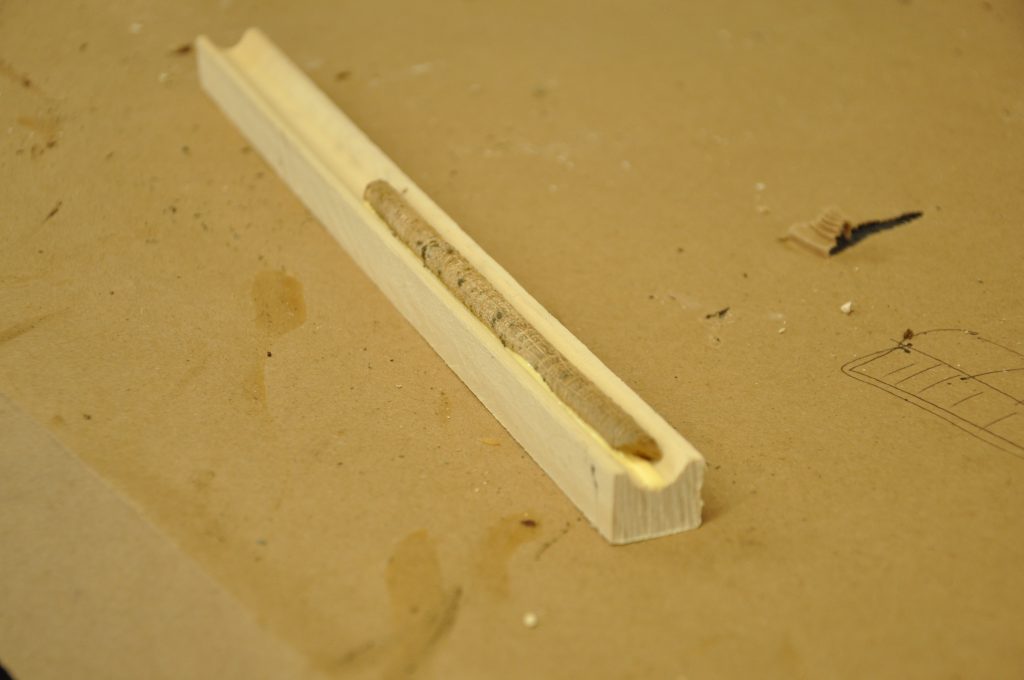Summer researchers have started a new project!
Last Wednesday, the AMRE group met with Ray Leisly at Sonnenberg Village in Kidron, Ohio.
Mr. Leisly brought the group to three different historical structures, including two homes and one barn. The families who own these structures are interested in learning how old their historical buildings are.
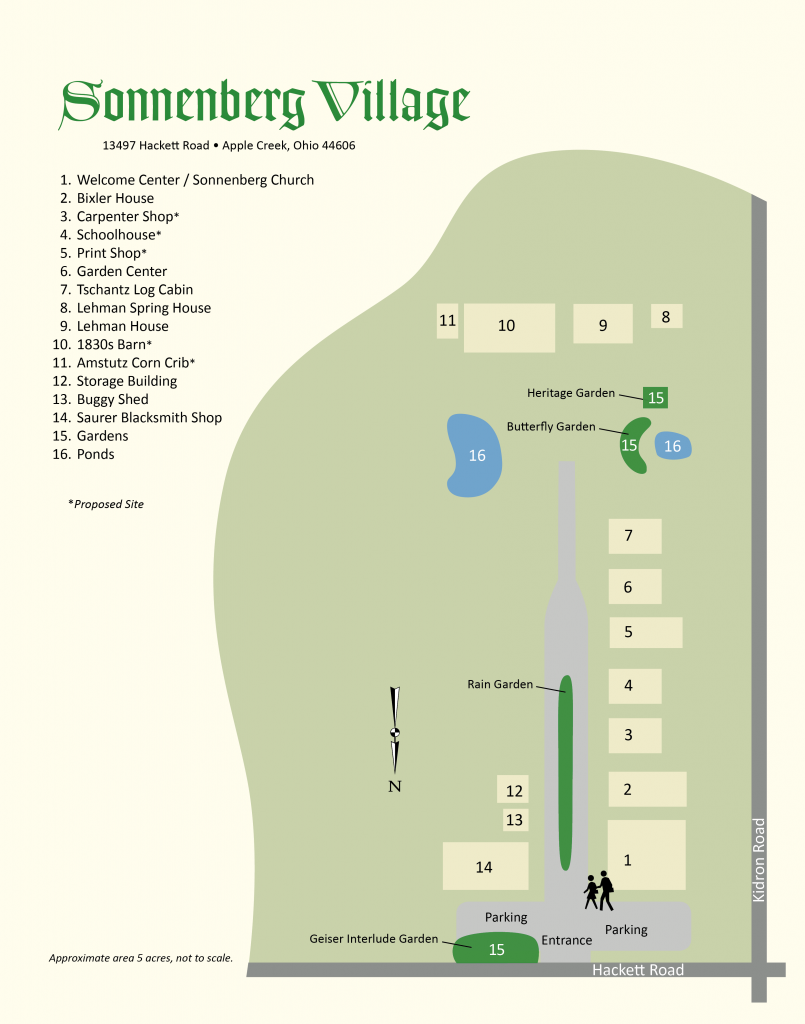
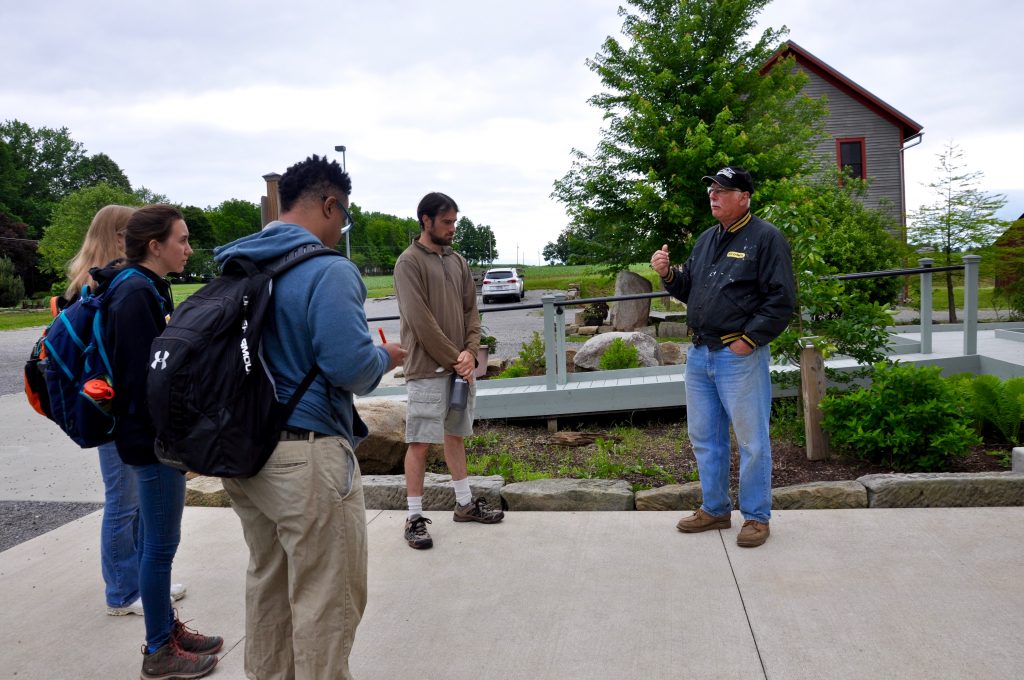
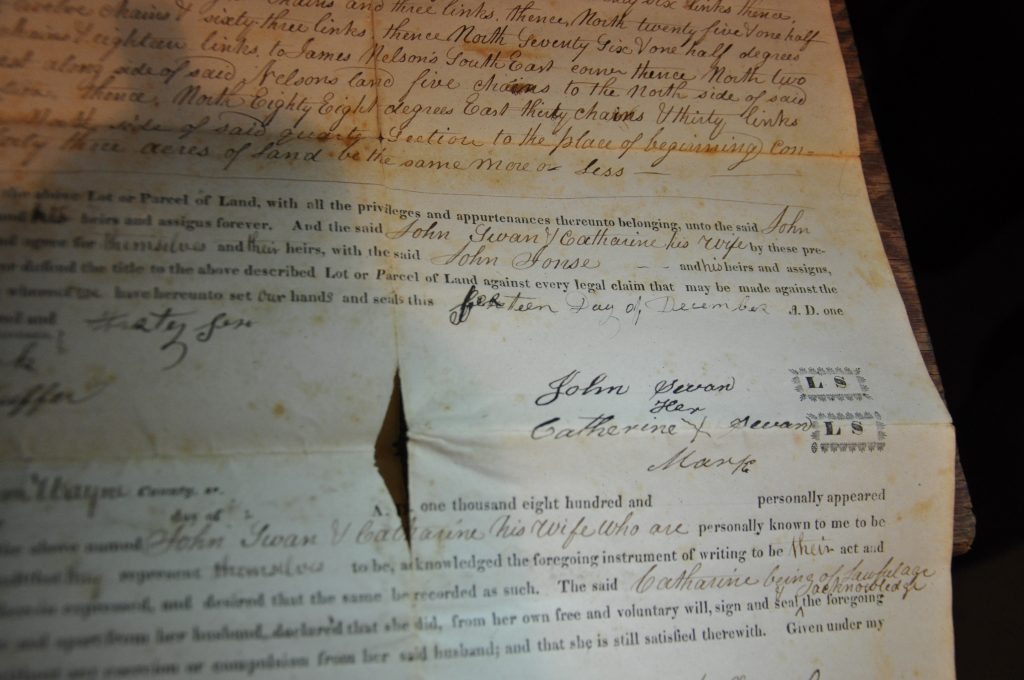
The group collected around 15 cores from each structure, using both hand borers and an electric drill with a hollow drill bit. This process is more thoroughly outlined in our Gingery Barn post.
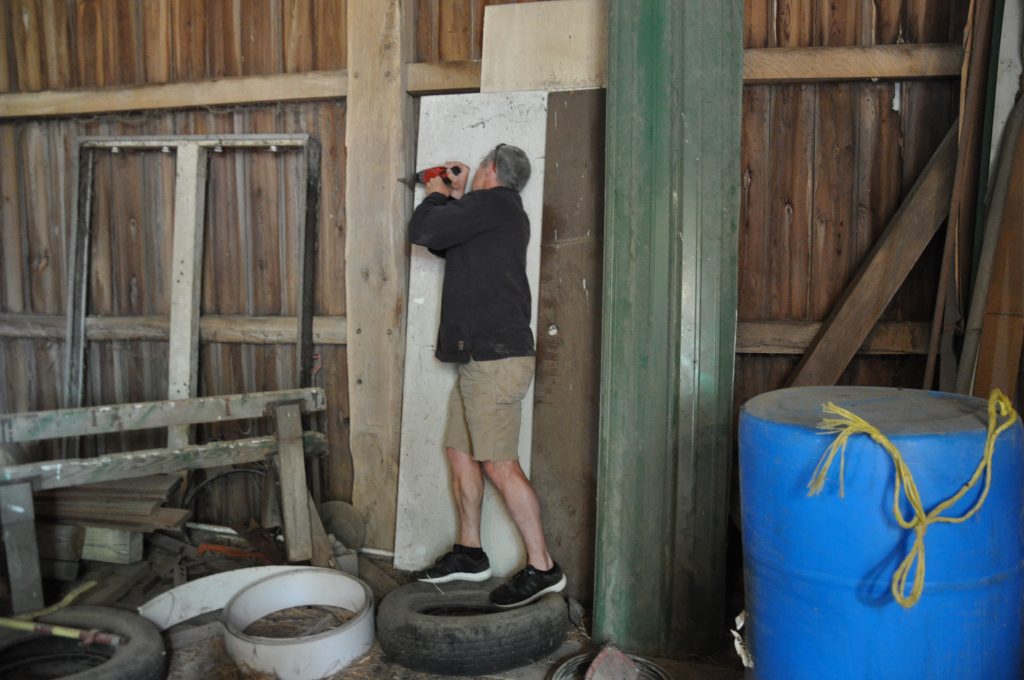
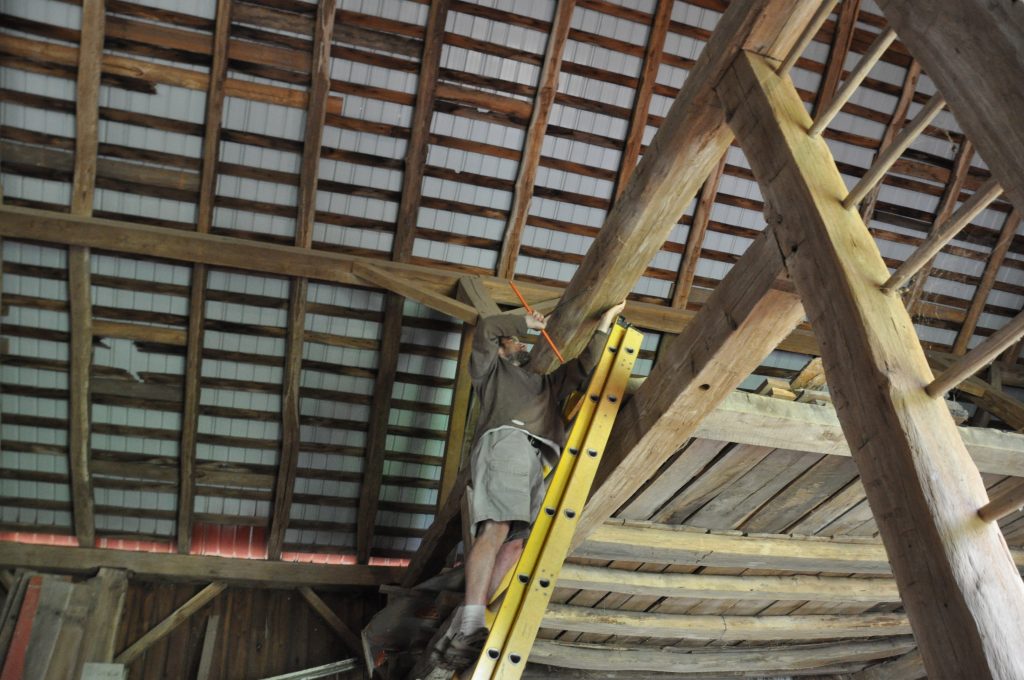
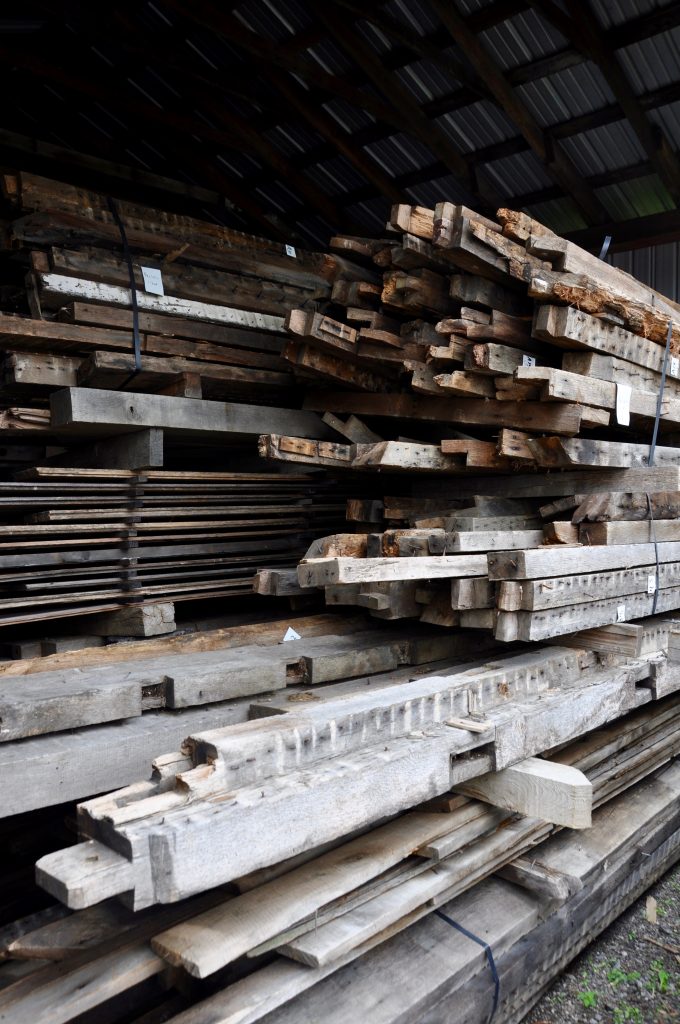
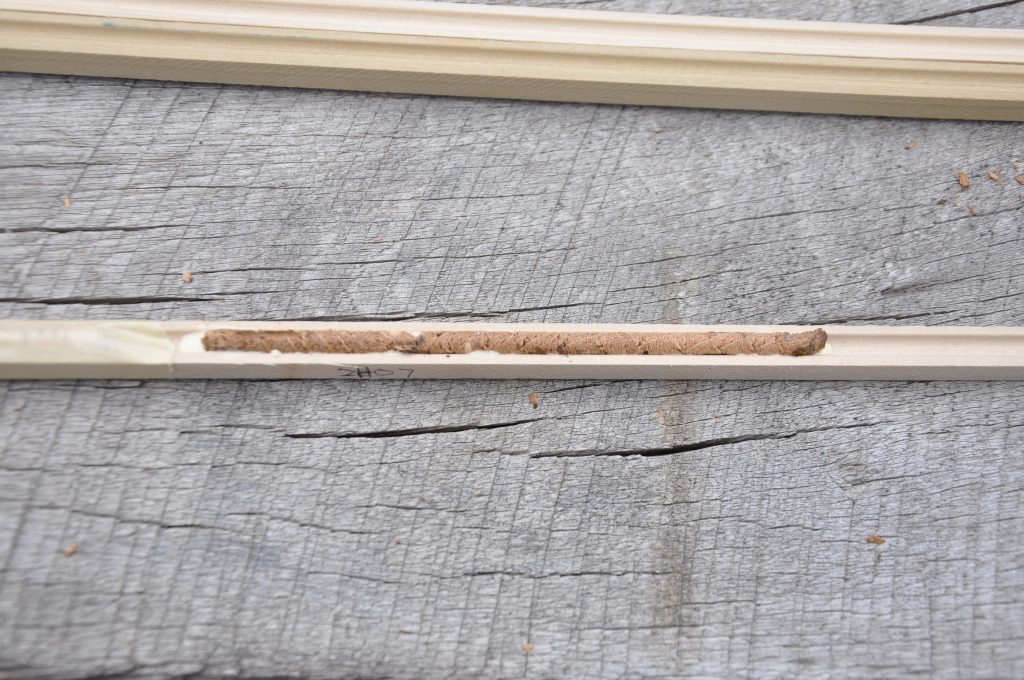
On Thursday, the group returned to the lab to finish preparing the samples. Nick Wiesenberg used the belt sanders while Kendra and Juwan hand-sanded each core. This process helps to expose the ring boundaries so they can be more easily counted and measured under the microscope.
The team is currently analyzing each core by counting the number of rings, measuring ring widths, and comparing this data to a master chronology. Cross-dating will allow us to obtain the date that each tree was cut down, which will then indicate how old each historical structure is. Soon we will be able to report to our clients with details on our findings and a calendar date for when their buildings were constructed.
Stay tuned for updates!
Follow the links to read our final reports for Zuercher House and Miller House and Barn.

